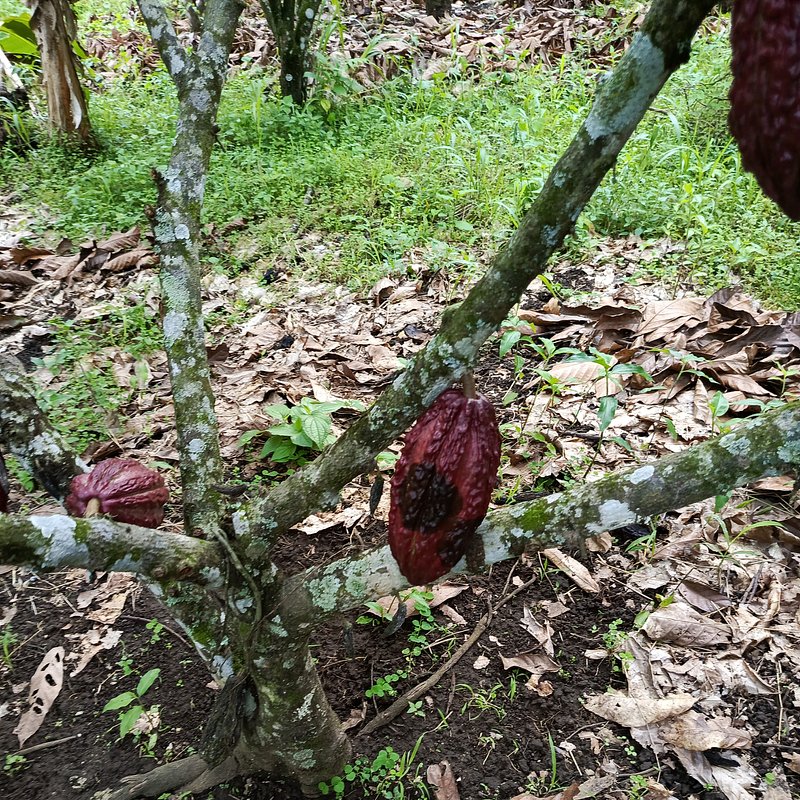LONDON, UK. July 8th, 2024 – A ground-breaking technology is now available to harness Artificial Intelligence (AI) and significantly improve disease detection and crop prediction.
Known as Inference, and developed by HSAT, this platform combines several established AI technologies into a single platform, including Computer Vision, Machine Learning and Large Language Models. Inference is a breakthrough because it yields a high degree of accuracy: typically 95% accuracy for crop prediction, and over 90% accuracy for disease detection.
This AI-powered solution is already deployed at scale, and has been used on tens of thousands of real-world locations. Inference has been deployed for clients in 6 countries, across 4 continents, to assess tens of thousands of farms.
Its success is due to its predictive accuracy and ease of use, which offer farmers and food producers unprecedented insights into their crops’ health, and the ability to swiftly identify and combat diseases. This capability is highly effective and helps farmers combat a rising tide of crop diseases that are exacerbated by increasing temperatures.
Rob Weston, founder of HSAT said: “The benefits of the Inference technology for the agriculture industry are broad and deep. By leveraging AI for crop prediction and disease detection, farmers, producers and traders can gain a global view of crop health, identify areas of poor irrigation, and create regional and national risk maps.
“The capability is in use by several global food producers and processors. Inference requires no expertise or previous experience, so it is also accessible to any farming operation.
“The demand for reliable disease detection is increasing exponentially. Inference meets this demand head-on, providing farmers the tools they need to make informed decisions and protect their crops against potential threats. Additionally, with daily trading volumes of over $1 trillion in soft commodities, reliable disease detection is a critical requirement for creating accurate crop price predictions.”
HSAT has the ability to orchestrate the capture of thousands of pictures of crops, taken with mobile devices by people who live near the fields, which is known as “ground truth”. HSAT analyses these pictures to detect the risk of disease.
Using geolocation data, each image is mapped and associated with corresponding satellite and weather data. With this information, HSAT can identify which crops are touched by a disease, build heat maps across entire countries and build large-scale predictive models of national risks. HSAT can extend its analysis from individual plants to fields, farms, counties, and where useful for larger companies, to the national and global level.
The accuracy of this analysis rests on the thoughtful use of ground truth data and automated analysis. For example, in creating a predictive model for Cocoa plants in Ecuador, Inference processed hundreds of thousands of images to identify the discoloration on pods that is indicative of disease, distinguished these from the appearance of healthy pods, and assigned a risk ranking for any affected zone across the concerned area.
The collection of ground truth data is integral to HSAT’s operations. HSAT has over 2,000 people around the world continually visiting fields and farms. The images are taken with HSAT’s proprietary Tessa phone app, which validates the images and transfers them to HSAT’s systems automatically to be mapped and processed. The app makes the task so simple that the team of data collectors can be scaled rapidly in any part of the world.
Rob added: “This efficient process yields thousands of pictures of crops in a matter of days, which allows us to rapidly build highly detailed risk maps. This data is then aggregated into HSAT’s proprietary CropGPT platform, which provides clients access to market updates, dashboards, alerts and data feeds.”
For more information on HSAT, visit hsat.space.
ENDS

